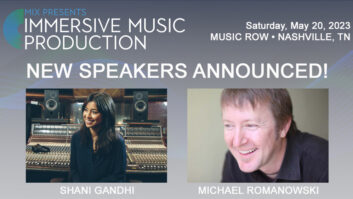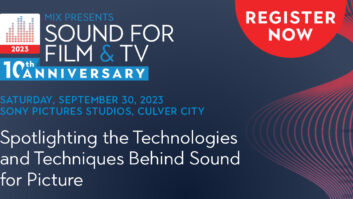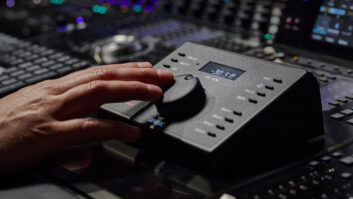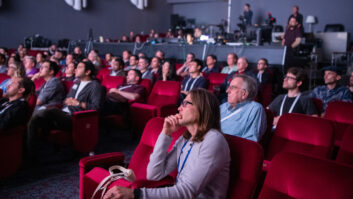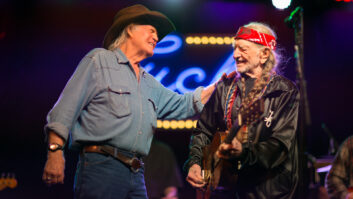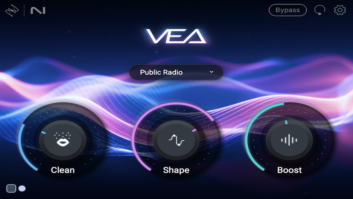Parker Millsap’s upbringing in the Pentecostal church strongly influenced his early records in particular. His first success came from “Truck Stop Gospel,” a roots-rocking song from the point of view of a Bible-thumping trucker. Millsap’s latest release, Other Arrangements, includes an occasional Biblical reference, but on the whole, it turns in a new direction.
“He definitely wanted to depart from some of the lyrical content from his last records,” says Gary Paczosa, who also worked on Millsap’s previous album, The Very Last Day. “He’d been having fun on the road playing songs that are shorter, more rock ’n’ roll, and he was getting a great response from his fans.”
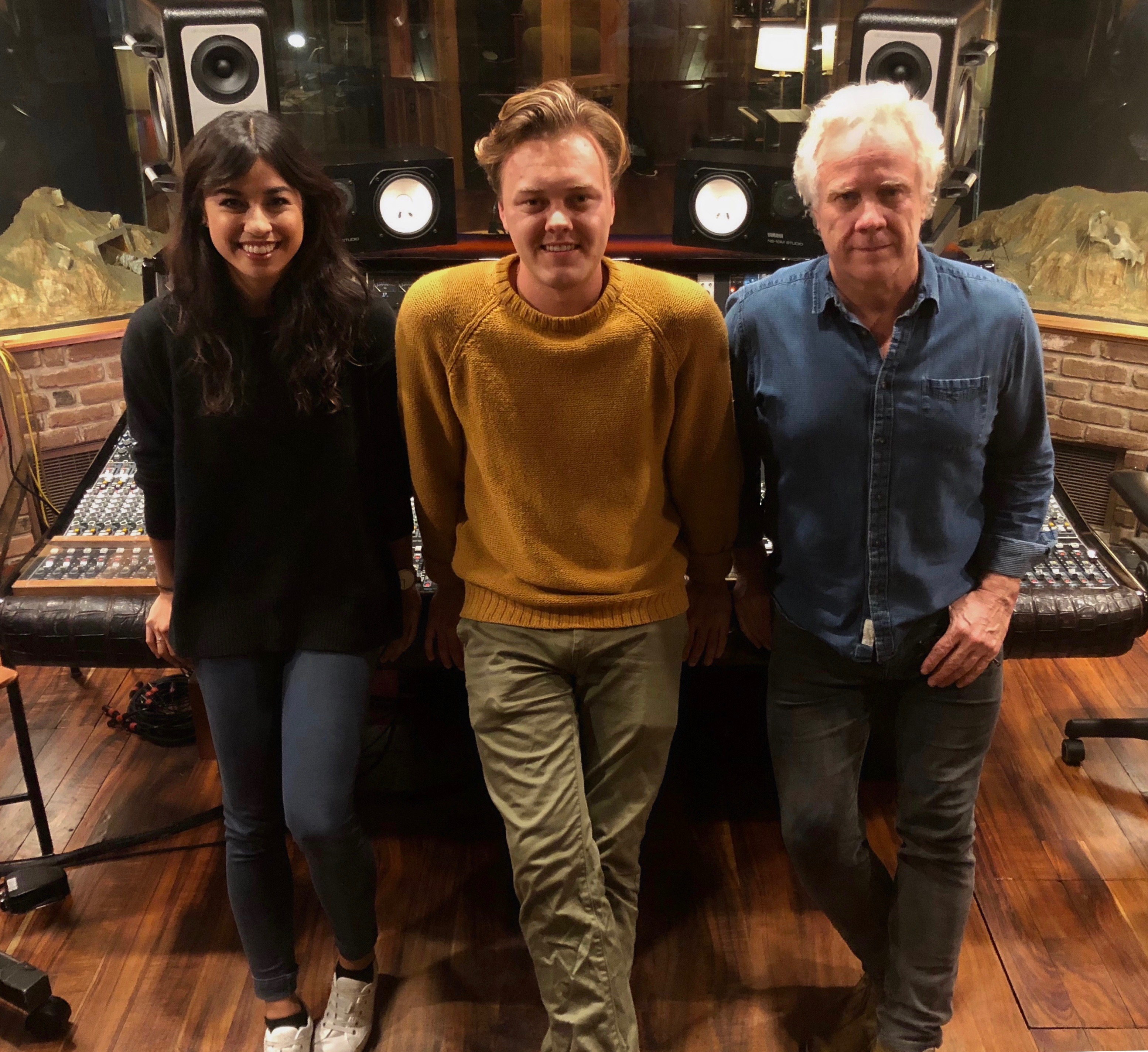
Paczosa and Shani Gandhi collaborated as engineers and producers on Arrangements, taking Millsap and his touring band first to Echo Mountain Studios in Asheville, N.C., for tracking. “I think sometimes when you travel somewhere and you’re living together, away from family and all the distractions of being at home, that really can help shape a record into something special. I have always loved that experience,” Paczosa explains.
Back in Nashville, they also cut the Jillette Johnson/Millsap song “Come Back When You Can’t Stay” at Southern Ground Studios. The team then moved to Paczosa’s personal studio, Minutia, where he and Gandhi recorded overdubs, including many of Millsap’s vocals and guitar parts.
“The main vocal path was a Blue Bottle microphone with the B6 capsule, a Mastering Lab preamp, GML EQ, GML compressor and at the end the Retro 176, into Cubase,” Paczosa says. “I took that whole chain to Asheville, and we did keep a couple vocals from tracking. I always take the whole chain with me wherever I go, just in case.”
Related: Recording Bluegrass Instruments—A Discussion with Engineers Gary Paczosa, Bil VornDick, Steve Chandler, Randy Kohrs and Michael Latterer, by Blair Jackson, May 1, 2008
Paczosa says that he tends to take charge of the vocal recording choices, while Gandhi is usually in command on electric guitars, again traveling with key pieces of gear.
“When you go to different studios, it’s really nice to have things that you know because there are so many variables to deal with,” Gandhi says. “We bring our own speakers, sub and Gary’s go-to rack, which includes two Vintech X73s and two Distressors, and that’s usually in my go-to electric guitar chain.”
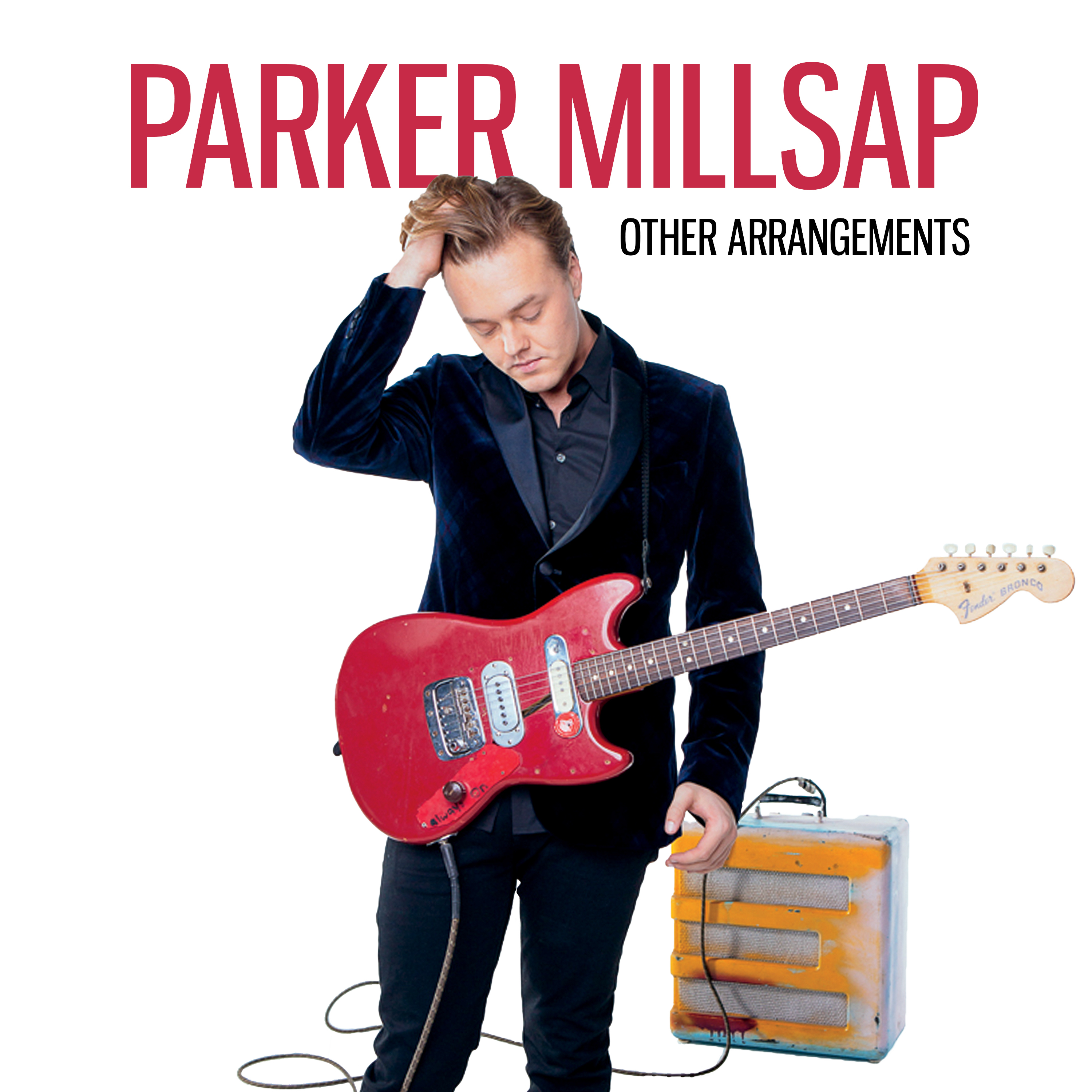
Gandhi used an Audio-Technica 4033 on one of Millsap’s two amps and an RCA BK-5B on the other, plus a Neumann U67 to mike either the room or a third amp. “The BK-5B is a little warmer than the A-T,” she says. “Usually, I will match the amps to that—put the A-T on the warmer amp and the BK-5B on the brighter one.
“I don’t like to use EQ or compression on electric guitars, though, because I think there are so many ways you can get what you want without using outboard gear,” she continues. “I’ll get Parker to change things. I’ll move the mic. So much can be gained by moving the mic half an inch closer to the cone, or farther away to the edge of the speaker. The Distressors are really just there to catch something if he plays quite loud and I don’t want it to ruin a take.”
Related: Sarah Jarosz “Build Me Up from Bones,” by Barbara Schultz, Nov. 1, 2013
When it came time to mix, Paczosa and Gandhi—whose working relationship has progressed over time from mentor-and-assistant to 50-50 collaboration—actually split up the tracks. Each took a couple of favorites, and they picked the rest of the song names from a hat! Paczosa mixed his half of the tracks in Minutia, and Gandhi took hers to her own studio. The two control rooms are similarly equipped—Cubase, Genelec 1031A monitors, UA and SoundToys plug-ins, etc.—making it simple for the engineer/producers to share the work and create a cohesive album.
“We both use the [SoundToys] Echo Boy and UA stuff like the EMT 140 ‘plate.’ On some of the longer reverbs, it’s the Valhalla VintageVerb and the ValhallaRoom,” Gandhi says.
“One thing that we do have that’s different—we mostly mix in the box, but then we send out to an analog chain, and Gary’s main compressor is a Manley Vari-mu and mine is the API 2500. So, half the record goes through the API and half goes through the Manley.
“But we do use a lot of the same gear—partly so we can ‘talk to each other,’ and that’s great, but also because I learned from Gary,” Gandhi notes. “He has spent 30 years developing these practices, so of course I’m going to apply them to my own mixes whenever I can.”
